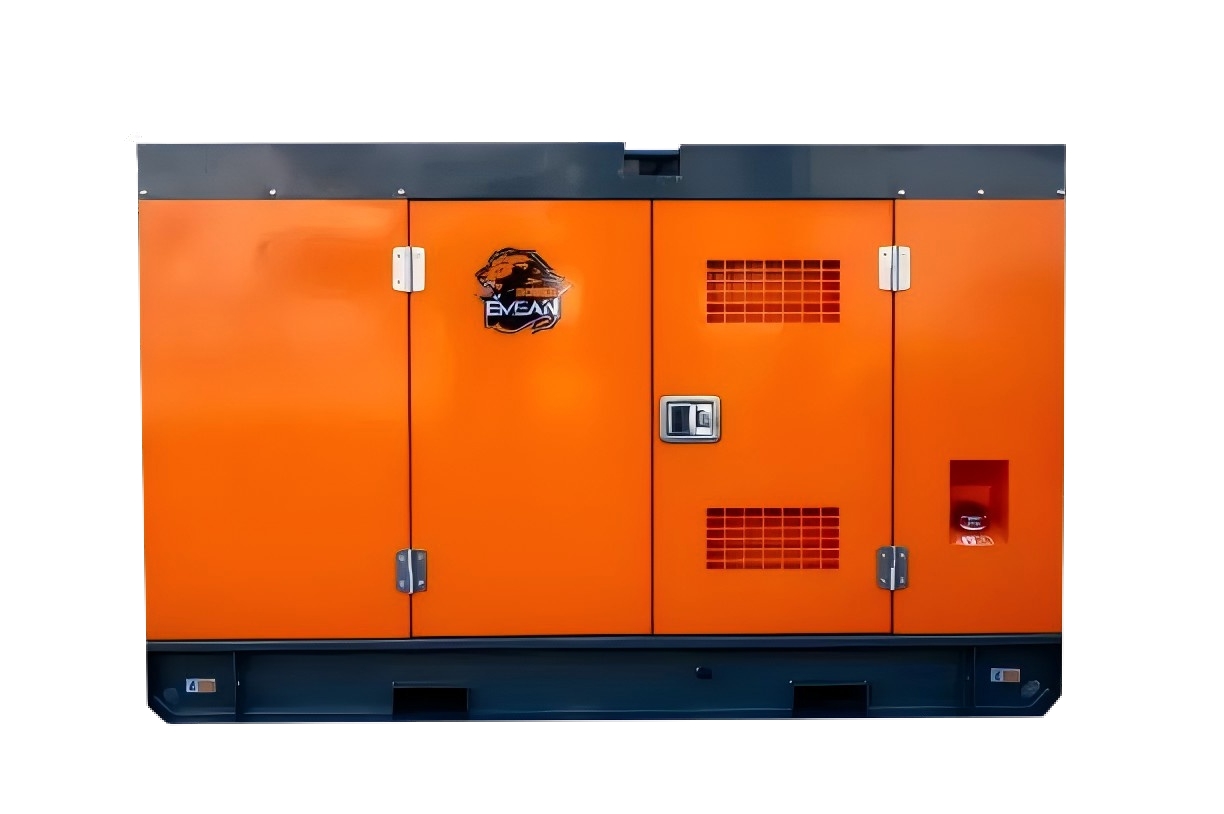Maximizing Efficiency: Can a 30-Gallon Air Compressor Power a Plasma Cutter?
In the world of metal fabrication, plasma cutters have revolutionized the way we cut through various materials with precision and speed. However, to ensure optimal performance, it is crucial to understand the power requirements of these cutting machines. In this article, we will explore whether a 30-gallon air compressor can effectively run a plasma cutter, considering factors such as air consumption, duty cycle, and compressor specifications.
- Understanding Plasma Cutters:
Plasma cutters utilize a high-velocity jet of ionized gas to melt and sever metal. These machines require a constant flow of compressed air to create the plasma arc, which cuts through the material. The air pressure and volume directly impact the quality and efficiency of the cutting process. - Air Consumption of Plasma Cutters:
Plasma cutters have varying air consumption rates, typically measured in cubic feet per minute (CFM). Higher amperage settings and thicker materials require a greater CFM rating. Before determining if a 30-gallon air compressor is suitable, it is essential to check the CFM requirements of the specific plasma cutter model. - Evaluating the 30-Gallon Air Compressor:
A 30-gallon air compressor refers to the tank size, which stores compressed air. However, the tank size alone does not determine the compressor's ability to power a plasma cutter effectively. Consider the following factors: a. CFM Output: Check the compressor's CFM output at various pressure levels. Ensure that the CFM rating meets or exceeds the plasma cutter's requirements. It is crucial to consider the highest amperage setting you intend to use. b. Duty Cycle: The duty cycle indicates the amount of time a plasma cutter can operate continuously within a ten-minute period. Higher amperage settings often result in a lower duty cycle. Ensure that the compressor can provide a continuous airflow to match the plasma cutter's duty cycle. c. Pressure and Regulator: Plasma cutters typically require a specific operating pressure range. Ensure that the 30-gallon air compressor can maintain a consistent pressure within the required range. Additionally, a regulator may be necessary to adjust the pressure to match the plasma cutter's specifications. - Optimizing Performance:
To maximize the efficiency of a 30-gallon air compressor with a plasma cutter, consider the following tips: a. Proper Maintenance: Regularly clean and replace air filters to prevent debris from entering the plasma cutter. This ensures a clean and consistent airflow, reducing the risk of damage to the machine. b. Air Storage: Although a 30-gallon air compressor provides a reservoir of compressed air, it is advisable to use additional air storage tanks to compensate for high-demand periods. This helps maintain a steady airflow and prevents pressure drops. c. Upgrading Compressor: If the CFM output or duty cycle requirements exceed the capabilities of a 30-gallon air compressor, consider upgrading to a larger capacity compressor. This ensures uninterrupted and efficient operation of the plasma cutter.
Conclusion:
While a 30-gallon air compressor can potentially power a plasma cutter, it is crucial to evaluate the specific requirements of the plasma cutter model and match them with the compressor's capabilities. Understanding factors such as CFM output, duty cycle, and pressure regulation is essential for optimal performance. By considering these aspects and implementing the suggested tips, you can ensure a seamless and efficient cutting experience with your plasma cutter.

Average Rating